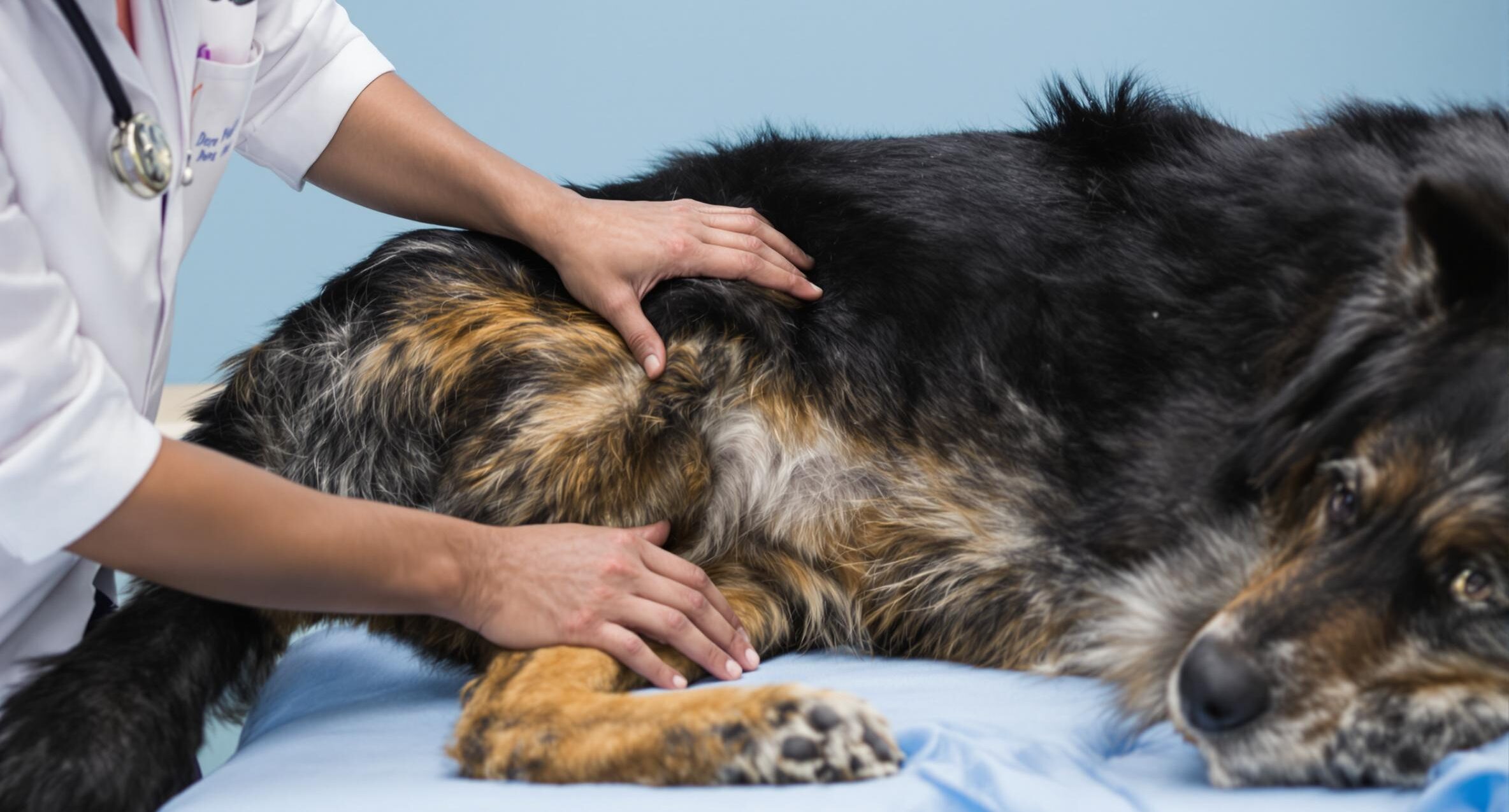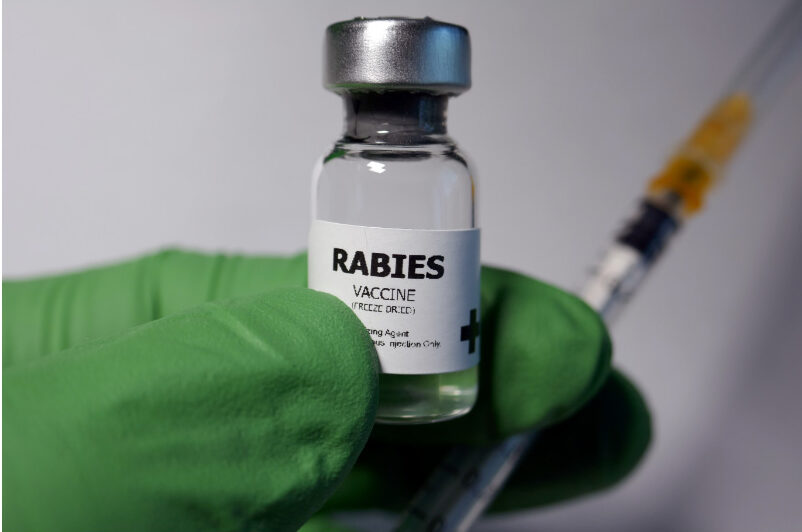Dog Throwing Up White or Yellow Foam: Causes and What to Do

Key Takeaways
- White or yellow foam vomit is often linked to an empty stomach, mild irritation, or bile buildup.
- Occasional vomiting may not be serious, but repeated episodes or added symptoms are worth checking out.
- Simple changes at home can help, but when in doubt, your vet is the best next step.
Watching your dog throw up white or yellow foam can be upsetting, especially when it seems to come out of nowhere. While some causes are minor, like an empty stomach or a skipped meal, others can point to something more serious happening in your dog’s digestive system. Foam may not always mean an emergency, but it’s still worth understanding what it could mean.
At PetHealthMD, we’re here to help you tell the difference between a passing issue and something that needs your vet’s attention. This guide walks you through the common causes of foam vomiting and what steps to take depending on what you’re seeing.
What Causes White Foam Vomit in Dogs?
White foam in dog vomit can look alarming, but it often has a simple explanation. It usually forms when there’s nothing left in the stomach to throw up, so what comes out is mostly air, saliva, and stomach fluids. Still, there are a few different reasons it can happen:
- Vomiting on an empty stomach: When a dog hasn’t eaten for a while, digestive juices can irritate the stomach lining. This often results in white, frothy foam as the only thing left to expel.
- Mild indigestion or upset stomach: Eating too fast, eating something unusual, or even mild stress can trigger an upset stomach. White foam may appear as part of that response.
- Stress or anxiety: Dogs under stress may produce excess stomach acid or swallow more saliva, both of which can contribute to foam vomiting.
- Kennel cough or respiratory irritation: Some dogs with kennel cough or other upper airway conditions may gag or cough up white foam.
White foam vomit is usually not an emergency. But if it happens repeatedly or is paired with other symptoms, it’s worth contacting your vet.
What Causes Yellow Foam Vomit in Dogs?
Yellow foam in your dog’s vomit usually means bile is involved. Bile is a digestive fluid produced by the liver and stored in the gallbladder, and it can show up when a dog vomits on an empty stomach.
Common causes include:
- Bile from an empty stomach
- Skipped meals or inconsistent feeding
- Acid reflux or bilious vomiting syndrome
- Gastrointestinal irritation or inflammation
- Food intolerance or sensitivity
If your dog vomits yellow foam once and seems fine afterward, it may not be serious. But if it becomes a pattern or appears with other symptoms, a vet visit is the best next step.

What to Do When Your Dog Is Vomiting: Home Care Tips
Quick, appropriate action can ease your dog’s discomfort. While many cases respond well to home care, persistent vomiting or additional symptoms need veterinary care.
Immediate Care Steps
- Pause feeding for 4–6 hours to rest the stomach.
- Offer small, frequent sips of water.
- Reintroduce food gradually with bland meals like boiled chicken and rice.
Monitoring Your Dog’s Recovery
Watch for signs like better energy and return of appetite. Log meal times, food sensitivities, and any concerning symptoms.
Preventing Future Episodes
- Keep bowls clean.
- Store food in airtight containers.
- Maintain a regular feeding schedule.
- Consider slow-feeder bowls.
For digestive support products, explore the Dog Health and Wellness category on PetMeds.
When Should You Consider Seeing a Vet?
Knowing when to see a vet for dog vomiting can feel overwhelming. While mild cases often resolve at home, these signs mean your dog needs professional care.
Seek Emergency Care If You Notice:
- Blood in vomit
- Vomiting with a swollen belly
- Signs of poisoning
Contact Your Vet Within 24 Hours If:
- Vomiting occurs more than twice in a day
- Signs of dehydration appear
- Your dog refuses food or water
- Diarrhea occurs alongside vomiting
If you’re unsure about your dog’s symptoms, a quick call to your veterinarian can help.
Addressing Common Concerns
Why Is My Dog Vomiting White Foam on an Empty Stomach?
Stomach acid and saliva can mix when your dog hasn’t eaten for several hours, creating white foam.
How Can I Adjust My Dog’s Feeding Habits?
Use slow-feeder bowls and serve smaller meals throughout the day.
What Should I Feed My Dog After Vomiting?
Start with water, then bland foods like chicken and rice, before transitioning back to regular food.
How Can I Track My Dog’s Recovery?
Keep a simple log of vomiting episodes, appetite, water intake, and energy levels.
Ensure Your Pet’s Long-Term Health
A single episode of foam vomiting may resolve on its own. But recurring vomiting or additional symptoms should be monitored closely. Acting early helps prevent dehydration and identifies issues before they worsen.
At PetHealthMD, we’re here to guide you with practical advice that supports your dog’s health. If your dog needs ongoing digestive care, visit the Dog Supplies category on PetMeds for essentials.





